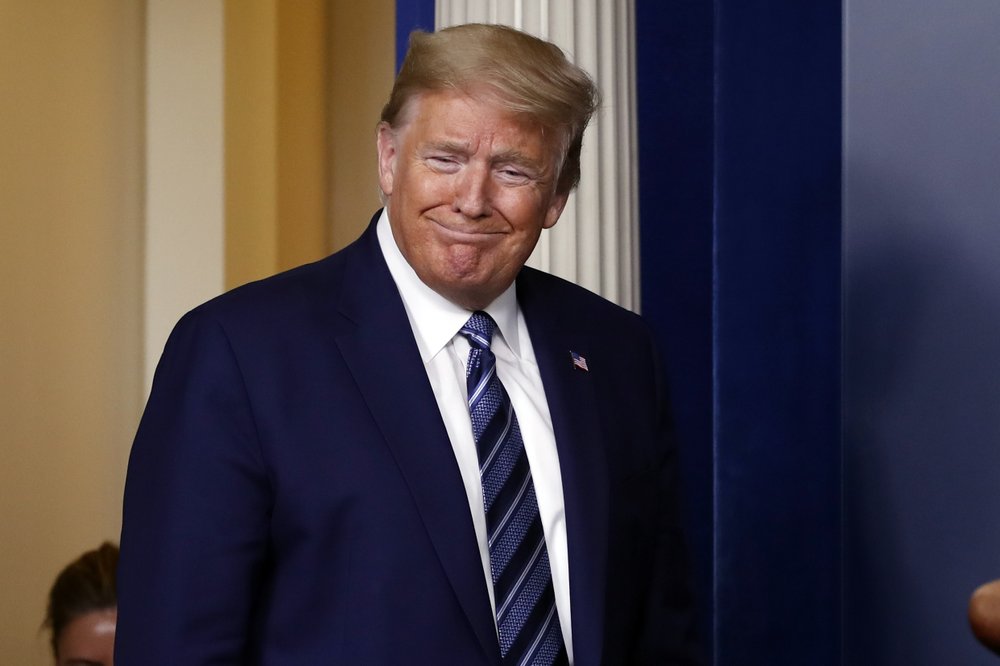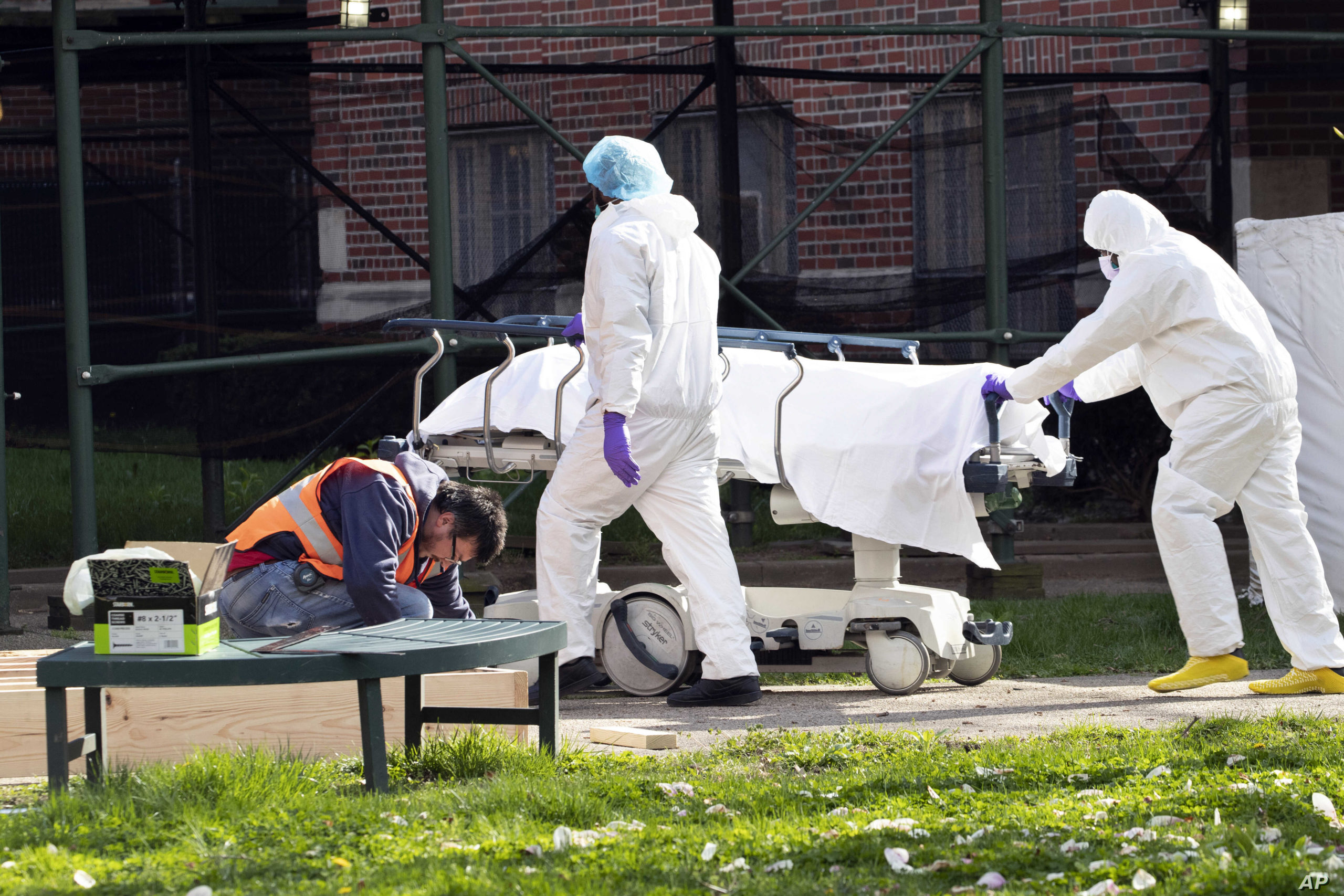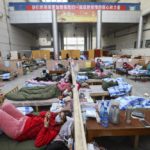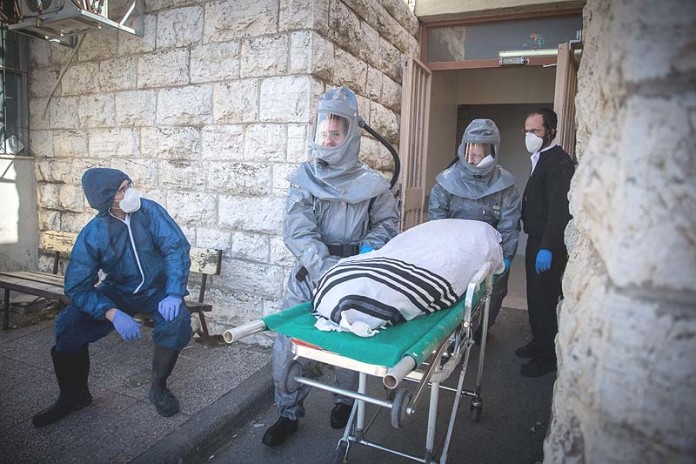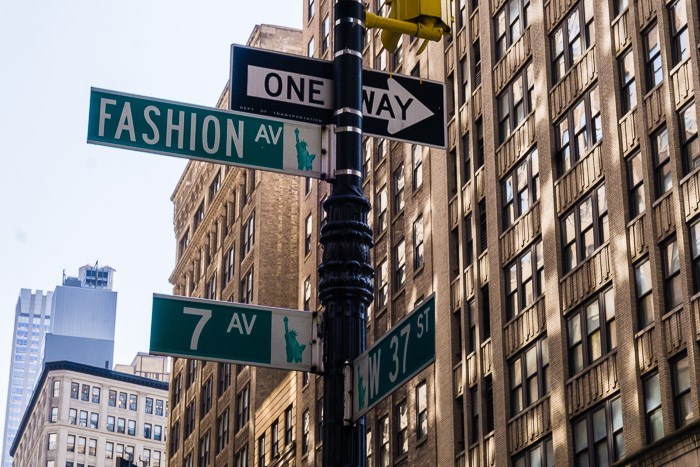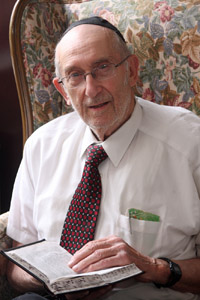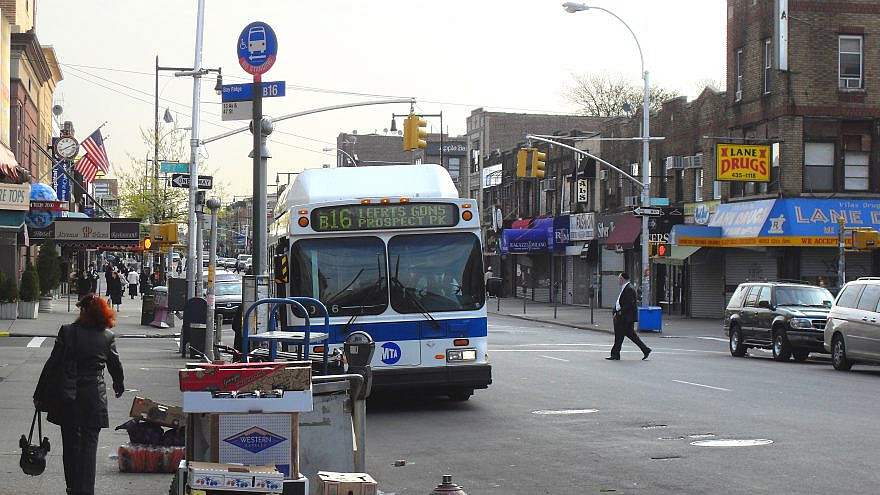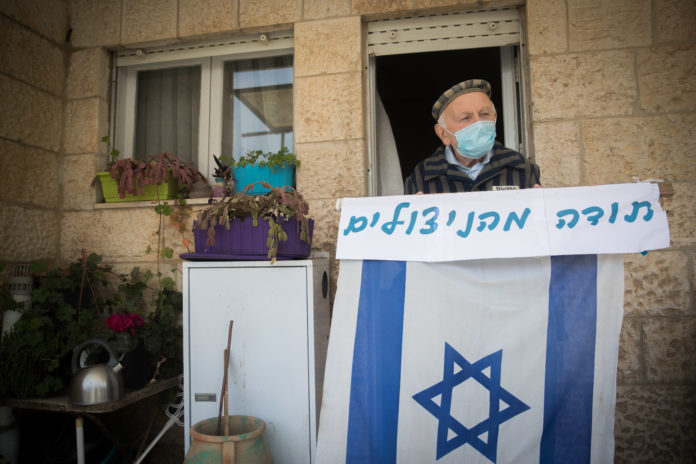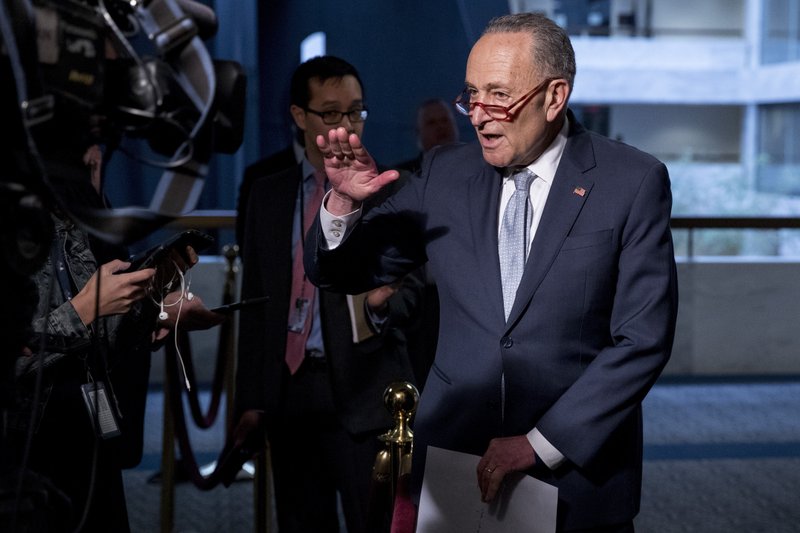By: Rebbetzin Tziporah Heller
The commandment to count the omer is one of the more curious prescriptions of the Torah. We are told to count the 49 days between Passover and Shavuot even though, of course, the number of days never changes. Therefore, it is very much an effort in which the process is in and of itself a value.
The word for “number” in Hebrew is mispar. Its root is closely related to the word for “story” – sipur. What is the relationship between the two?
A collection of events becomes a story – as opposed to a random anthology of events – when there is a beginning in which the characters are introduced, a middle in which conflict takes place, and an end in which there is resolution.
Our lives flow by so quickly that we frequently lose awareness of the awesome power of our own stories. The metamorphosis of today into tomorrow is subtle enough for us to lose consciousness of beginnings and ends.
The commandment to count teaches us mindfulness. It re-opens our hearts to hearing stories. And what story is being told?
There are two stories intertwined.
One is the story of a transformation of a people who at Passover become physically free into a people who at Shavuot become spiritually free as well.
The day we left Egypt was one in which we rejected the Egyptian definition of what our lives can hold. We were free to be who we wanted to be. But we didn’t yet know our own story. It is only when we received the Torah that we found the channels that could give our souls expression.
It was then that we learned the mechanics of meeting challenges that are genuine and enduring. Our story began to evolve.
Barley and Wheat
The rituals that define this time of year reflect this change. The sacrifice that was offered on Passover was made out of barley. In ancient times, barley was used as fodder for animals. The sacrifice that was offered on Shavuot was made of wheat. Wheat is often used as an allegory for the human capacity for using our intelligence. While an animal can eat a fruit or a leaf, it requires human intelligence and creativity to make bread.
What this symbolizes is the transformation of the Jewish people from one who are defined primarily through the strivings and yearnings for the sort of freedom that we share in common with the animals to becoming truly evolved humans. It is indeed quite a story.
What makes us truly human? The mystic literature discusses the bonds that we share with God as being the humanizing factor. These bonds are called sefirot, a name which, as is obvious, also has the same root as number and story.
This common root conveys the fact that our beginning, middle and end are ultimately measured and finite, but nonetheless touched by the infinite spark of Godliness within us.
The earliest mention of this mystic concept is presented in the Kabbalistic work called Sefer Yetzirah, literally the “Book of Formation,” which is attributed to Abraham. There are over a thousand commentaries on Sefer Yetzirah, yet it remains nonetheless one of the most esoteric of the Jewish works on God’s nature.
In the 1500s, Rabbi Yitzhak Luria – a mystic from Egypt who settled in Safed and who is known widely by the acrostic of his name as the Ari (literally “the Lion”) – elucidated the most enigmatic sections of Kabbalah to a select group of disciples with unsurpassed clarity. Subsequently, the mystic teachings of Judaism became far more accessible than they had ever been in the past.
One of the most central of his teachings is the significance of gaining awareness of the bond that we share with God, the sefirot of our spiritual souls.
The Seven Aspects of Godliness
Let us now examine the bonds with God that make us human – the seven expressive aspects of Godliness.
(1) Chesed, “kindness”
While the drives of the body are towards oneself, those of the soul are directed outwards towards others. We love those to whom we give because they validate our spirituality. We see our highest self-reflected in them.
(2) Gevurah, “strength” or “empowerment”
Specifically this refers to empowering one’s soul to overcome the obstacles that stand before it. We have the capacity to live for the sake of our goals, and to make sacrifices to attain it. The ultimate goal of every Jew is to be a source of light. In order to do this, we must submit our egos and desires to the scrutiny of God’s Torah.
(3) Tiferet, “beauty”
Beauty is created through harmony and contrast – that is when we make a “match.” When we become people of truth, our words, thoughts, and deeds match. Only humans can lie. The reason for this is that only humans have the possibility of creating themselves in a certain sense. To use the words of the Maharal of Prague, “we give birth to ourselves.” When we lie we succumb to our animalistic desire for comfort and ease. When we tell the truth, we reconnect to Gods transcendental reality and chose to be authentic as humans.
(4) Netzach, “infinity”
Anyone who has ever resisted the desire for immediate gratification has touched this quality. It is the source of hope and aspiration towards growth.
(5) Hod, “gratitude”
In Hebrew, hod is a noun which literally means “splendor,” but as a verb means both “to confess” and “to thank.” As humans we can be moved by splendor whether its source is spiritual or physical. Our ability to be truly sensitive in this sense is what inspires us to express gratitude. We often resist allowing ourselves to be grateful because of the fragility of our self-esteem. When we begin the day with the words Modeh Ani, ”I thank you,” we express gratitude towards God, and simultaneously see our selves as creations that are worthy of life.
(6) Yesod, “foundation”
This refers to our ability to bond. It is called “foundation” because it is the very foundation of all interactions. What we ultimately seek in relationships is goodness. Inevitably if we had to choose one trait in a perspective spouse, it would be a spiritual one. For some of us it would be compassion, for others honesty or sensitivity. If we see our own goodness mirrored back to us, we love the person even more. What this tells us is that what we are seeking is in the final analysis, spiritual bonding. We are searching for the face of God.
(7) The final attribute is malchut, “kingship”
It refers to our ability to bring God’s kingdom into being in the greater world and into our own hearts. The way we do this is through the recognition that our missions are of infinite significance; at the same time we retain the humility that comes as a result of knowing what a tiny piece of infinity we can individually call our own.
The seven weeks between Passover and Shavuot have the spiritually potency to give us the ability to let our stories unfold. We can make every day count, and emerge more human than we ever could have imagined.
(Aish.com)







